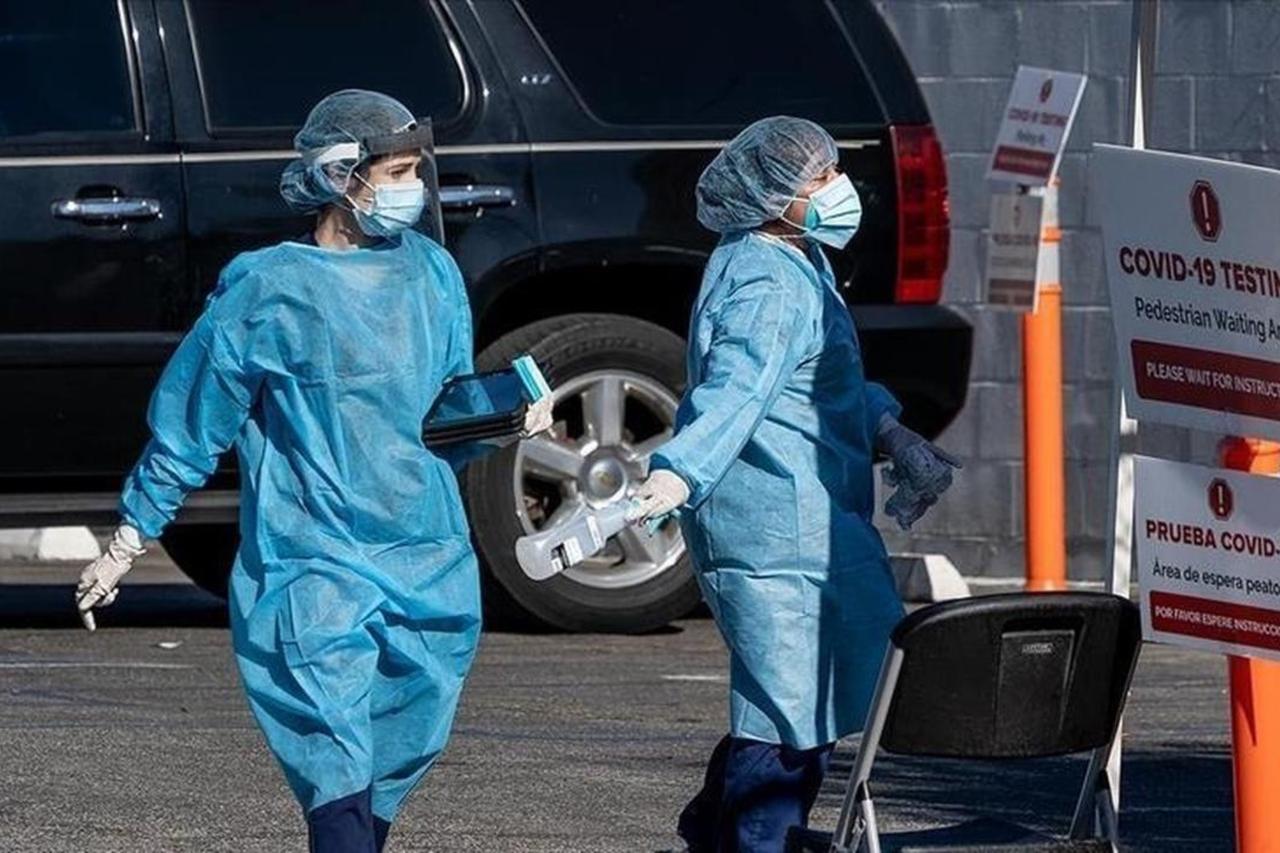
Leading U.S. epidemiologist Michael Osterholm warns that the country has dismantled key systems needed to fight future pandemics.
Osterholm, who directs the Center for Infectious Disease Research and Policy (CIDRAP) at the University of Minnesota, spoke about the threat while promoting his new book, "The Big One: How We Must Prepare for Future Deadly Pandemics."
The book was finalized before Donald Trump’s second term, a period that Osterholm says made the situation worse.
“We have basically destroyed what capacity we had to respond to a pandemic,” he told Live Science.
“The office that normally did this work in the White House has been totally disbanded.”
COVID-19 killed more than seven million people worldwide, including over one million in the United States, according to the World Health Organization.
Epidemiologist Osterholm said the next pandemic could be even more severe.
“Imagine a next pandemic where it's as infectious as COVID was, but instead of killing 1% to 2% of the people, it killed 15% to 35% of the people. That's exactly the example we're talking about with The Big One,” he said.
Epidemiologist Michael Osterholm explained that coronaviruses and influenza viruses remain the most likely sources of future pandemics.
He noted that recent research in China found new coronaviruses in bats that combine high infectiousness with high lethality.
“They actually have the ACE receptor capacity as well as that segment of the virus that was responsible for causing such severe illness,” he said.
He said the book uses a scenario that begins with a virus emerging from camels in Somalia and spreading worldwide despite containment efforts.
This thought experiment shows how fast an outbreak can overwhelm global systems.
Osterholm added that the world has not seen a pandemic on the scale of the 1918 influenza outbreak in more than a century, but future outbreaks could rival or exceed its severity.
He also criticized the US response to COVID-19 lockdowns, saying he advised a “snow day” approach based on hospital capacity data rather than blanket shutdowns.
“What if we had really had the data on hospital capacity in every community, and we put those numbers up every day?” he asked, arguing that this strategy could have prevented surges from overwhelming hospitals.
Osterholm criticized recent U.S. government decisions to stop funding for mRNA vaccine development, including the $500 million that had been given to Moderna to prepare prototype vaccines.
“That is like losing one of your wings at 30,000 feet,” he said, warning that the cuts destroyed the chance to have ready-to-use vaccines when the next pandemic hits.
He stressed that mRNA technology allows faster vaccine design and production and can include multiple antigens, making it more effective than conventional manufacturing.
“It's like a plug-and-play,” he said, adding that this approach could make enough doses for the world within the first year of a pandemic.
Osterholm also warned about new political threats, citing a bill in Minnesota that would criminalize mRNA vaccine use.
He concluded that governments, researchers, and citizens must work together now to prepare for the next pandemic rather than waiting for a crisis to begin.